- Home
- Articles
- Architectural Portfolio
- Architectral Presentation
- Inspirational Stories
- Architecture News
- Visualization
- BIM Industry
- Facade Design
- Parametric Design
- Career
- Landscape Architecture
- Construction
- Artificial Intelligence
- Sketching
- Design Softwares
- Diagrams
- Writing
- Architectural Tips
- Sustainability
- Courses
- Concept
- Technology
- History & Heritage
- Future of Architecture
- Guides & How-To
- Art & Culture
- Projects
- Interior Design
- Competitions
- Jobs
- Store
- Tools
- More
- Home
- Articles
- Architectural Portfolio
- Architectral Presentation
- Inspirational Stories
- Architecture News
- Visualization
- BIM Industry
- Facade Design
- Parametric Design
- Career
- Landscape Architecture
- Construction
- Artificial Intelligence
- Sketching
- Design Softwares
- Diagrams
- Writing
- Architectural Tips
- Sustainability
- Courses
- Concept
- Technology
- History & Heritage
- Future of Architecture
- Guides & How-To
- Art & Culture
- Projects
- Interior Design
- Competitions
- Jobs
- Store
- Tools
- More
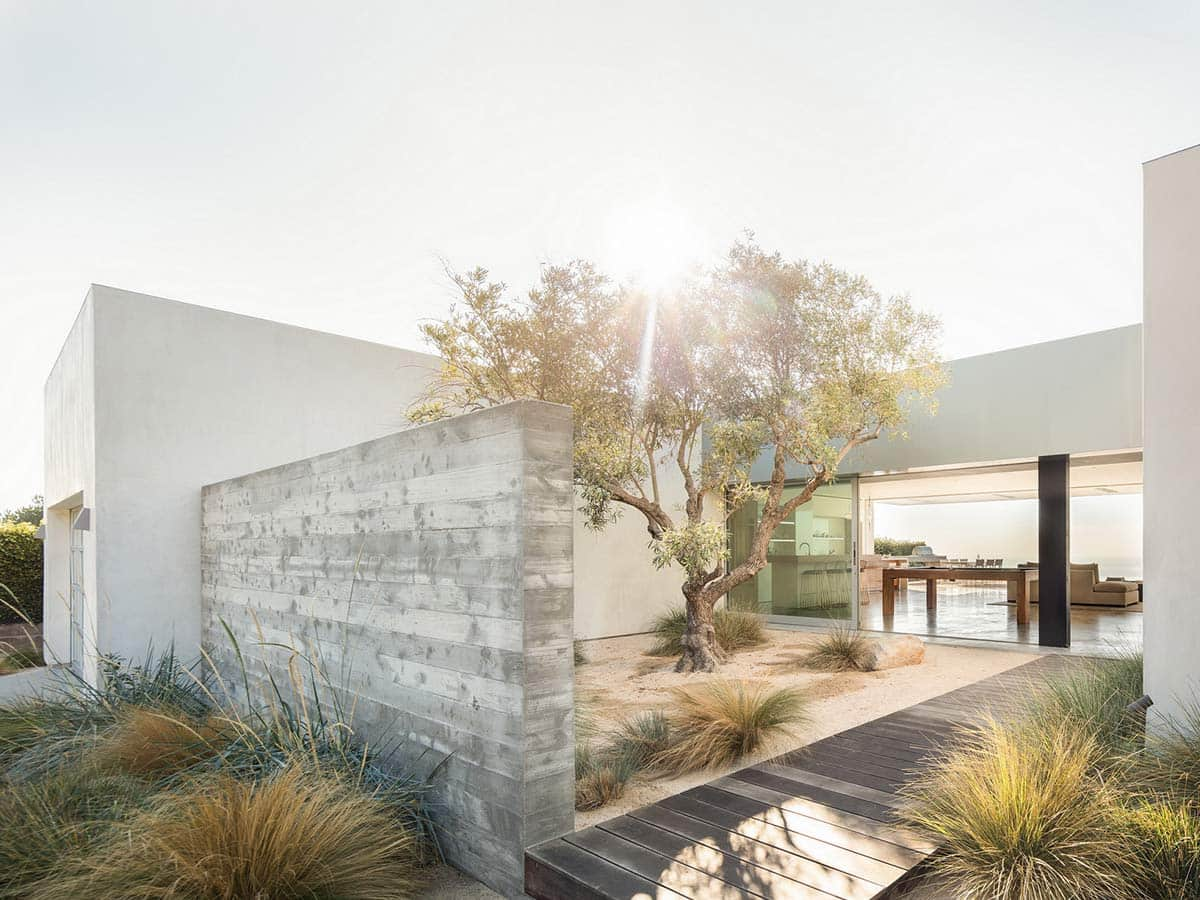
The 21st century has witnessed a significant paradigm shift in architecture. As environmental concerns have moved to the forefront of societal consciousness, the architectural community has responded by marrying traditional design elements with sustainability. Perhaps what is most intriguing is how modern style architecture—known for its minimalism, functionalism, and use of new technologies—has adapted itself to integrate sustainable features. Here’s a look at how sustainable architecture manifests in the modern world, with particular attention to modern style architecture.
Modern architecture emerged in the late 19th and early 20th centuries as a response to traditional, ornate architectural styles. It promoted functionalism, minimalism, and the adoption of new construction technologies and materials such as steel, glass, and reinforced concrete. However, despite its focus on functionality and material innovation, early modern architecture wasn’t necessarily designed with sustainability in mind.
Table of Contents
ToggleThe Evolution Towards Sustainability
Fast forward to the 21st century, and sustainability has become a non-negotiable aspect of modern life. Modern architecture has adapted to this change by integrating eco-friendly materials, energy-efficient systems, and environmentally-sensitive design philosophies. From the use of low-impact materials to smart home technologies that optimize resource usage, the hallmarks of modern architecture now often include sustainability metrics.
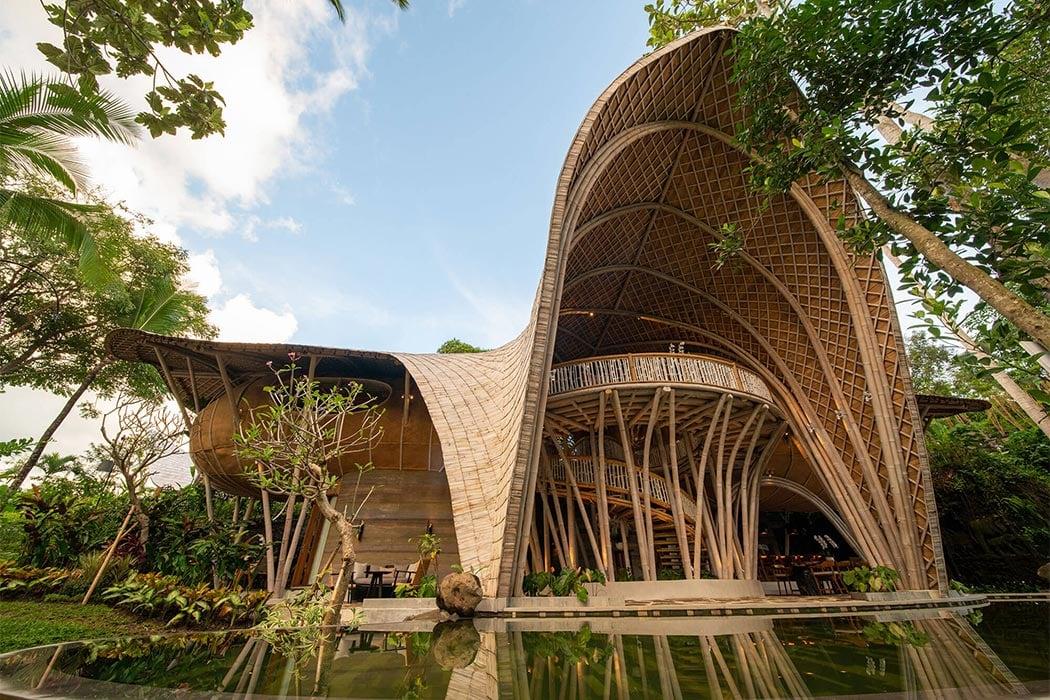
Sustainable Features in Modern Style Architecture
Energy Efficiency
Modern structures are now being designed with energy-efficient systems like solar panels, wind turbines, and geothermal heating and cooling systems. For instance, skyscrapers with large glass facades are now employing smart glass technology that adapts to external conditions, thereby reducing the need for artificial heating or cooling.
Material Innovation
While modern architecture historically celebrated the use of new materials, the emphasis now lies on how sustainable these materials are. Recycled steel, low-VOC finishes, and sustainably harvested wood are increasingly being used in modern buildings.
Indoor Environmental Quality
The well-being of the building’s occupants has also become a focus point. Modern style architecture now often includes elements designed for psychological well-being, including maximizing natural light, providing views to the outside world, and incorporating natural elements like plants and water features within the building.
Smart Technologies
The use of smart home and building management systems is perhaps a perfect marriage of modernism’s love for technological innovation and the imperatives of sustainability. These systems help in the optimal utilization of resources like water and electricity, tailoring usage to the needs of the inhabitants and reducing waste.

Urban Context and Community
Sustainability in modern architecture also extends to the building’s relationship with its urban context. Proximity to public transport, communal green spaces, and walking paths all contribute to a reduced carbon footprint, aligning with modernism’s ideas of communal well-being and functionality.
Leading Examples and Architects
Architects like Norman Foster, Renzo Piano, and Bjarke Ingels have become figureheads in the world of sustainable modern architecture. Projects such as The Eden Project by Sir Nicholas Grimshaw and the Bullitt Center in Seattle by Miller Hull Partnership demonstrate how modern style can be fully integrated with advanced, eco-friendly systems and materials.
Modern style architecture, with its roots in innovation and progress, has found a complementary partner in sustainable design philosophies. By fusing the sleek, functional designs that are a hallmark of modernism with cutting-edge, eco-friendly technologies and materials, architects today are creating structures that are not only visually striking but also kind to our planet. In a world grappling with climate change, the evolution of sustainable architecture within modernism offers a glimmer of hope and a way forward.
Future of Sustainable Architecture
Sustainable technology in architecture represents a groundbreaking shift in how we think about building and design, aligning aesthetic considerations with ecological responsibility. From the incorporation of energy-efficient systems like solar panels, wind turbines, and geothermal heating to the use of smart building technologies that monitor and adjust energy usage in real-time, the aim is to minimize environmental impact. Material innovation is also a key facet, with recycled, renewable, and low-impact materials becoming the standard rather than the exception. Water conservation technologies, such as rainwater harvesting and greywater recycling systems, are increasingly integrated into architectural plans. These technologies not only reduce a building’s carbon footprint but also offer long-term cost savings, making sustainability a financially viable option. In essence, sustainable technology in architecture is not merely an add-on but an integral aspect of the design process, changing the way buildings interact with their surroundings and shaping a more eco-conscious future.
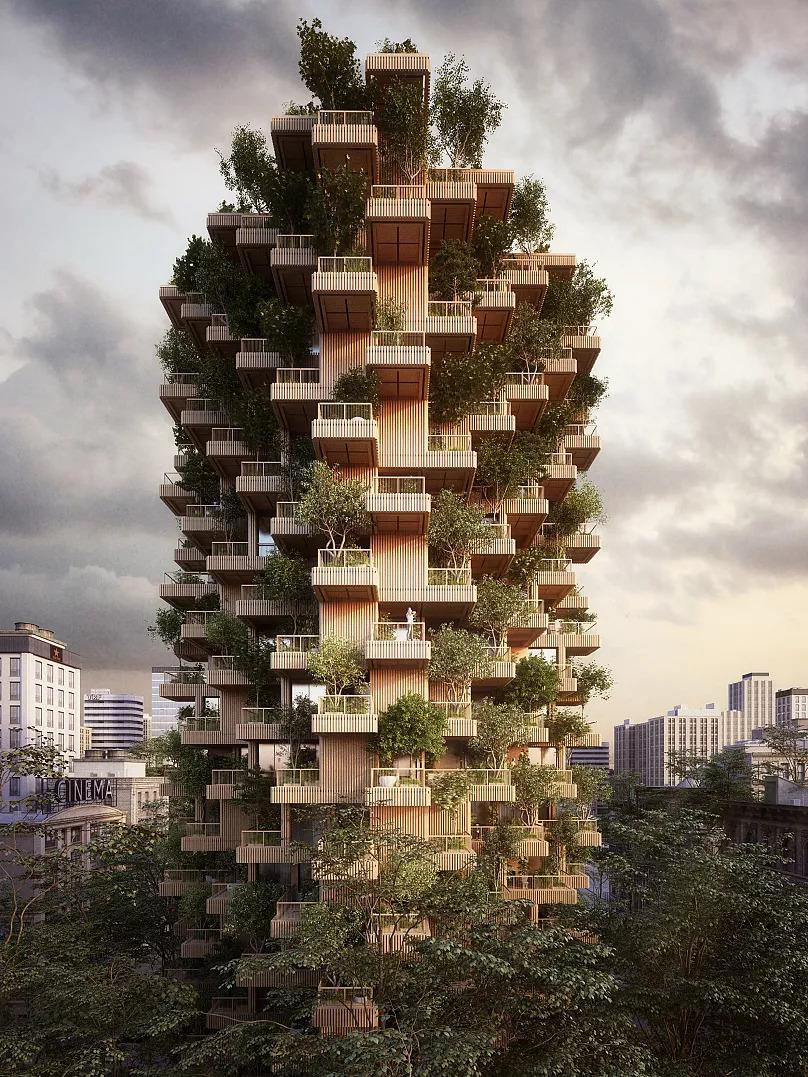
Submit your architectural projects
Follow these steps for submission your project. Submission FormLatest Posts
Top 8 Luxury Vacation Rentals Features Guests Love Most
A luxury vacation rental offers an entirely different experience than a typical...
Why Local Expertise Matters: Choosing the Right Plumbers in Townsville
Why Local Expertise Matters: Choosing the Right Plumbers in Townsville When it...
Bathroom Remodel ROI: How to Add $15–30K to Your Home Value in 2025-2026
Outdated bathrooms can drag a listing 20-30% longer on the market. Buyers...
The Key Factors to Review When Comparing Fiber Providers in Minneapolis
Looking for a fiber provider in Minneapolis can feel surprisingly overwhelming. The...



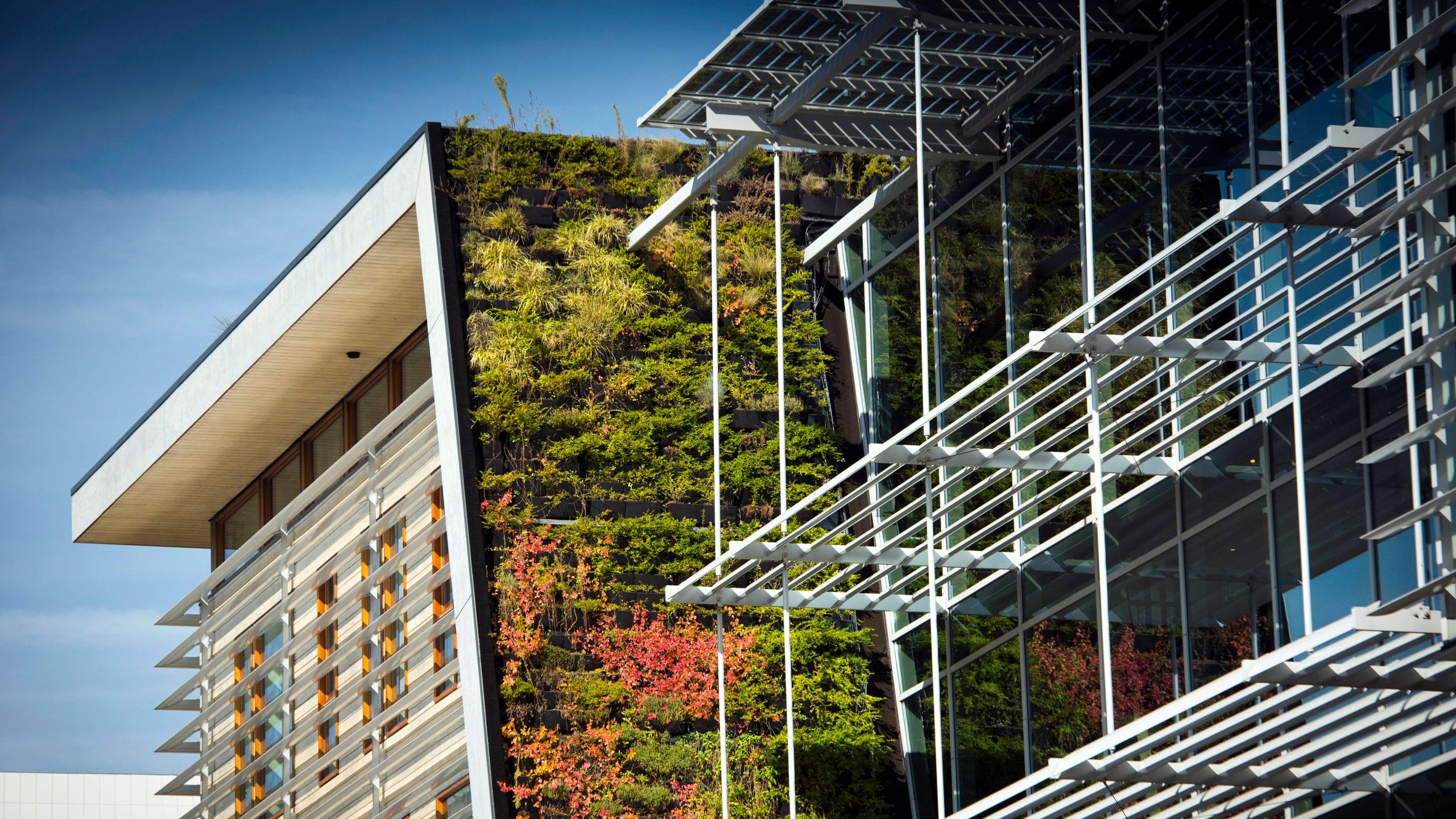



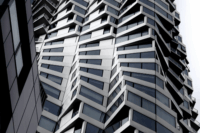
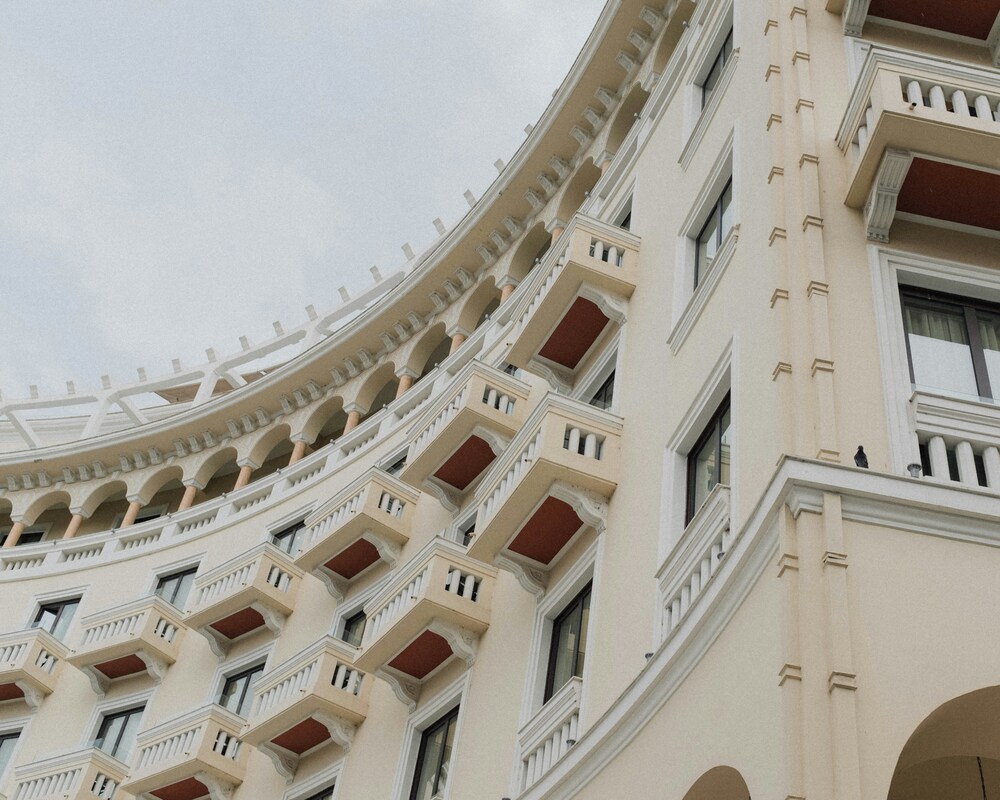



Leave a comment